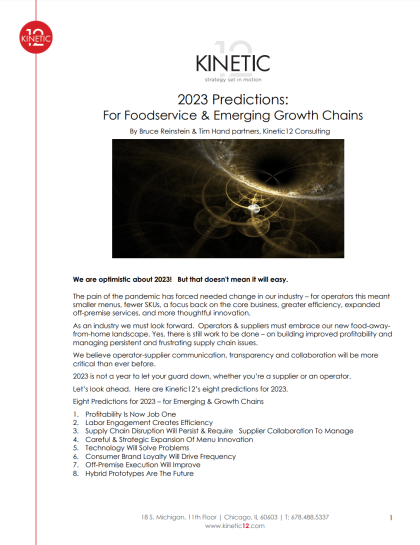7 Pitfalls to Strategic Planning
As Lee Bolman, renowned leadership expert, educator, and author, once said, "A vision without a strategy remains an illusion."
Indeed, a well-written and executed strategy remains one of the greatest tools for turning one's vision into reality and activating one's team toward delivering superior results and long-term success.
The truth is that while many businesses engage in strategic planning, a significant number fail to execute them effectively. At Kinetic12, we've worked with many companies -- from Fortune 500 organizations to high-growth start-ups – to help them develop strategic plans designed to accelerate their business growth and capitalize on their key strengths.
What we've found is that seven common pitfalls can hinder execution, leading to a poor planning process and ineffective collaboration within an organization. Conducting an honest self-assessment can help identify areas in need of improvement. By addressing these issues, businesses can build a more efficient planning process and cultivate a more engaged and collaborative team to deliver highly effective strategic plans.
The Top Planning Pitfalls & What to Do About Them:
1. Lack of strategic planning training
Most marketing and sales managers are highly knowledgeable about their business. Still, many have not been fully or adequately trained in how to write a simple and compelling plan. When training is lacking, the time it takes to write gets longer, and the quality remains low. Training can also energize the team as to the value of stopping to think through the business situation, evaluate the forces of change at work, and determine what should be done to advance the business forward.
Instead, do this: Take the time to align with your team on an outline for your strategic plan approach, the steps and resources needed, what data to pull, how you will identify key issues, and what's required from each critical stakeholder. Creating a plan on how to execute the plan, and socializing the how to key stakeholders is step 1.
2. Too much opinion, not enough fact
While opinions are good, and we encourage managers to express opinions, opinions should be an input to the plans, not a crutch to lean on to make up for an ineffective planning process. Plans that rely too heavily on opinion lack grounded facts and can lead to ineffective tactics that chase bad ideas.
Instead, do this:
Insights based on facts, however, anchor your ideas in the challenges and opportunities of today and lead to better strategies, stronger credibility, and a higher likelihood of success.
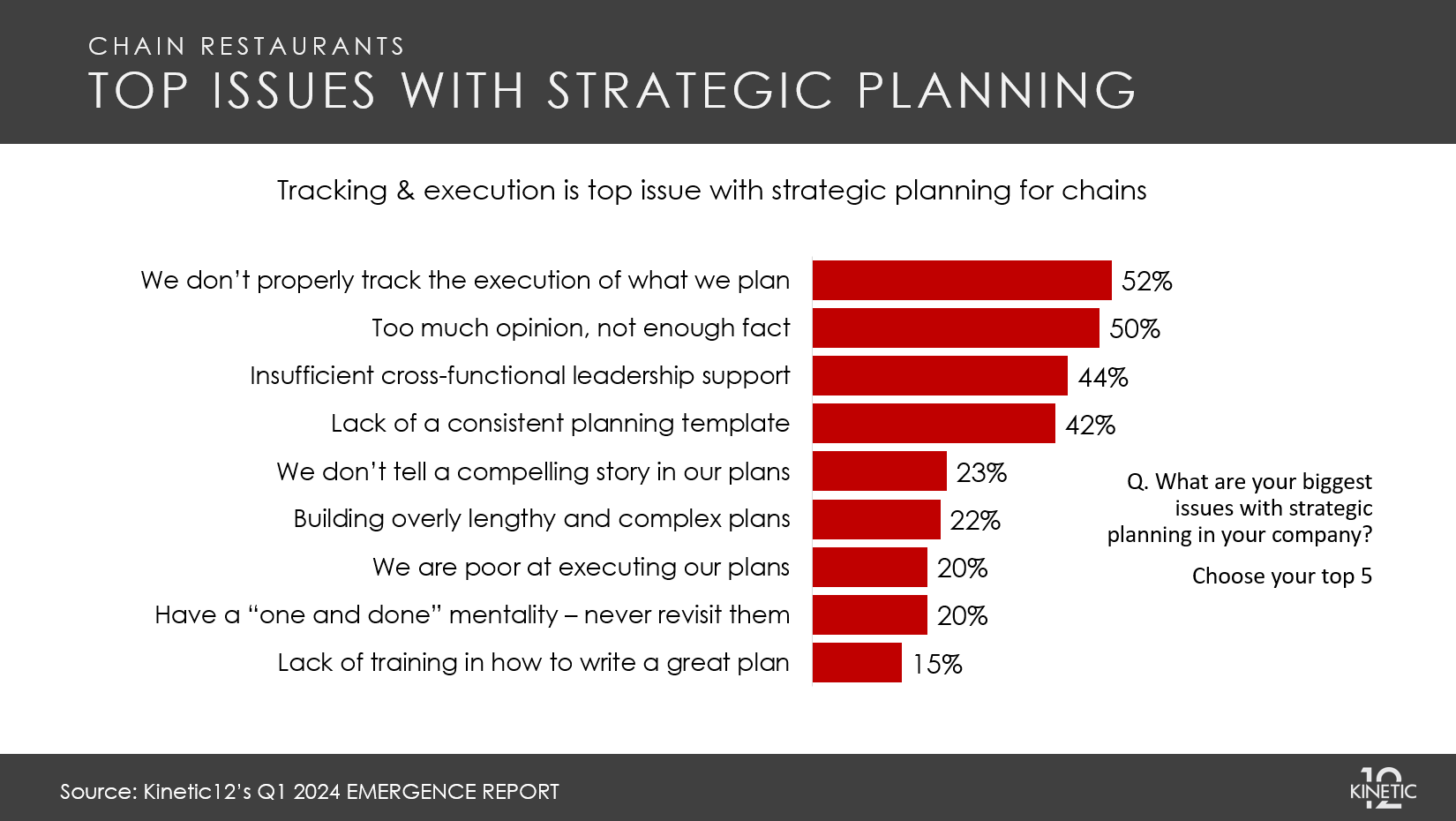
3. Building overly lengthy and complex plans
All too often, organizations write strategic plans that are excessively long and dense and, as a result, never get read or implemented. The plan should be a focused roadmap that guides the organization to successfully achieve its objectives, not a play-by-play of the entire organization's tactics and activities for the year. The problem is that long plans aren't easily understood or articulated, and it's hard to find the "elevator speech" across 100+ pages.
Instead, do this: Choose your story structure and cut out the fluff… that's what the appendix is for. Supporting facts and research are important in the development phase, but when it comes time to present, these can leave your plan long and exhausting to read. Keep the high points for presentation purposes, and leave the rest to the appendix. The leadership team can always review that in its entirety in a pre-read and come prepared with questions when it's time to present.
4. Insufficient cross-functional leadership support
Some senior leaders believe planning is not a good use of their time, relying too heavily on previous experience or intuition. The challenge is that sometimes, we are blinded by our perceptions and live in a reactive state more than a proactive one. There is also a missed opportunity of leaving good ideas undiscovered, as the cross-functional collaboration process between various disciplines can actually result in higher quality ideas and highlight blind spots that help with contingency planning, capital investments, and groundbreaking innovation. If you don't put effort into facilitating the communication between various key functional parties to develop these strategic and long-range plans, those ideas don't have a way to come to the surface.
Instead, do this: Align your senior leadership team from the top down on the sequence of planning steps and when each function is involved. It'll be worth the time spent – as the saying goes: no involvement, no commitment!
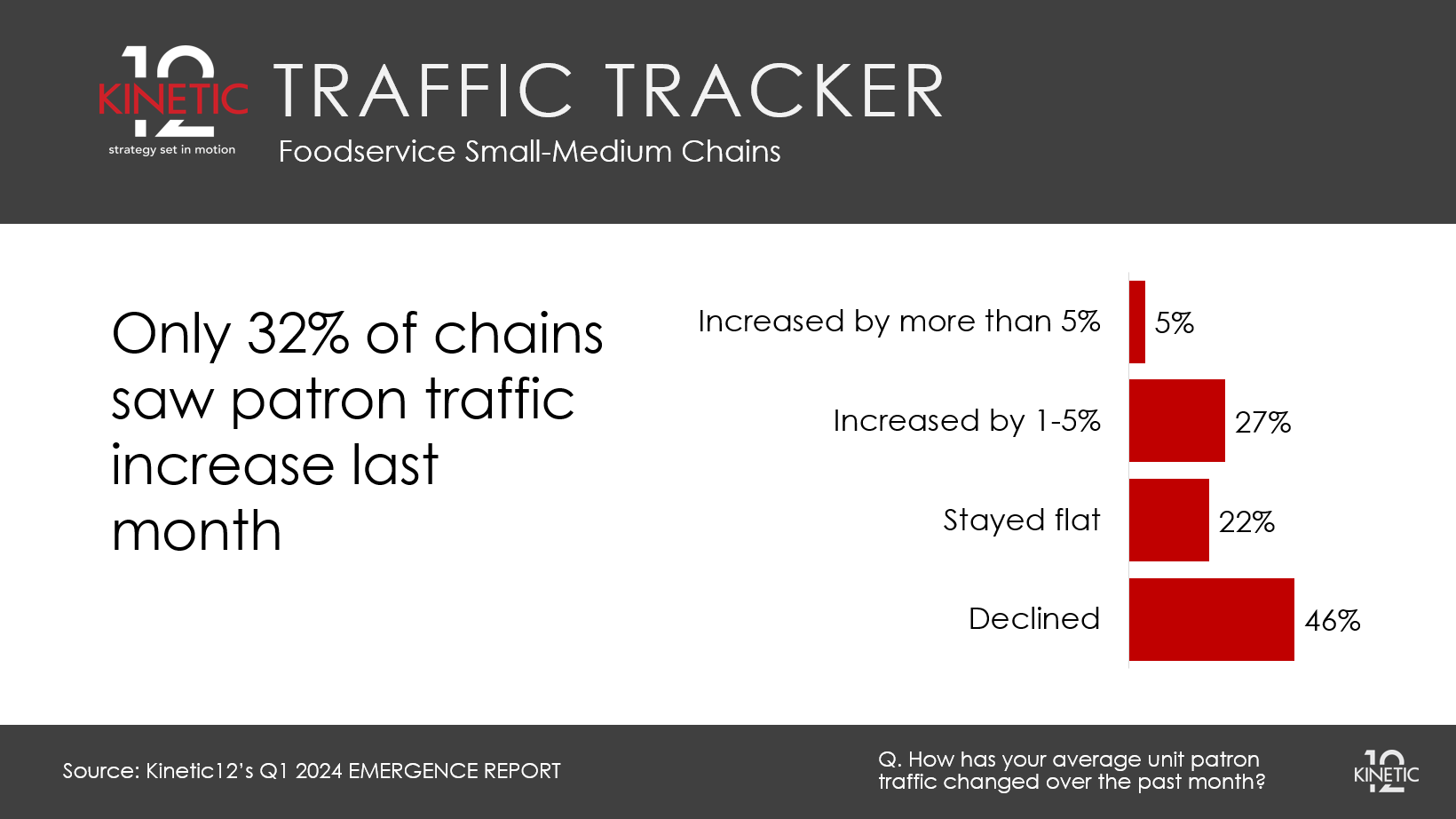
5. Lack of consistent planning template
Many organizations have the right intent when it comes to having different business functions lead the development of their strategic plan but falter when it comes to presenting the information in a consistent template and story structure, leading to disjointed planning decks and clunky delivery of the plans.
Instead, do this:
Develop a template, including the story structure, PowerPoint template, chart types, and outline of content. Why? First, it informs the organization about what areas they want their managers to focus on (ex: situation assessment, competitive assessment, roadmap, etc. Plus, it’s much easier for the leaders to manage (read, absorb, share, and give feedback on progress) if they are all using the same template.
6. The "one and done" mentality
Exceptionally dense plans take a long time to create and often get presented to management and promptly filed away. If you don't revisit your plan, at least annually, you risk aging out of the effectiveness and relevance of your plan and working on things that don't matter in the current market. Meaning you're burning your time for diminished return.
Instead, do this:
To ensure results are delivered, plans should be evergreen: reviewed regularly and course-corrected to respond to changing marketplace dynamics. Boiling a plan down to three or four clear strategies makes them easier to explain, easier to understand, and easier to keep fresh as market demands change.
7. Inability to "Tell the story"
Disjointed plans lack the ability to be understood and leave the audience confused about where you are going and why. If a plan is too tactical and detailed, it often misses alignment with the vision and mission of the organization. And, if it's too high level, it leaves the audience in question about how you're going to get there.
Instead, do this: The key is to start with the vision and mission of the organization, overlay external insights, and internal capabilities, and link the market demand to the initiatives you plan to put in place. Great plans should tell a story – in a concise, linear, and compelling way. Plan owners must be able to articulate their vision, and tell their story, which includes 1. what's happening in the business and in the market in which they compete – i.e., the key takeaways from the situation assessment, and 2 what they are doing about it. i.e., their three to four strategies that will deliver on their growth plans and KPIs. This should be a base expectation for all business leaders, from product managers to national account sales managers to directors and VPs.
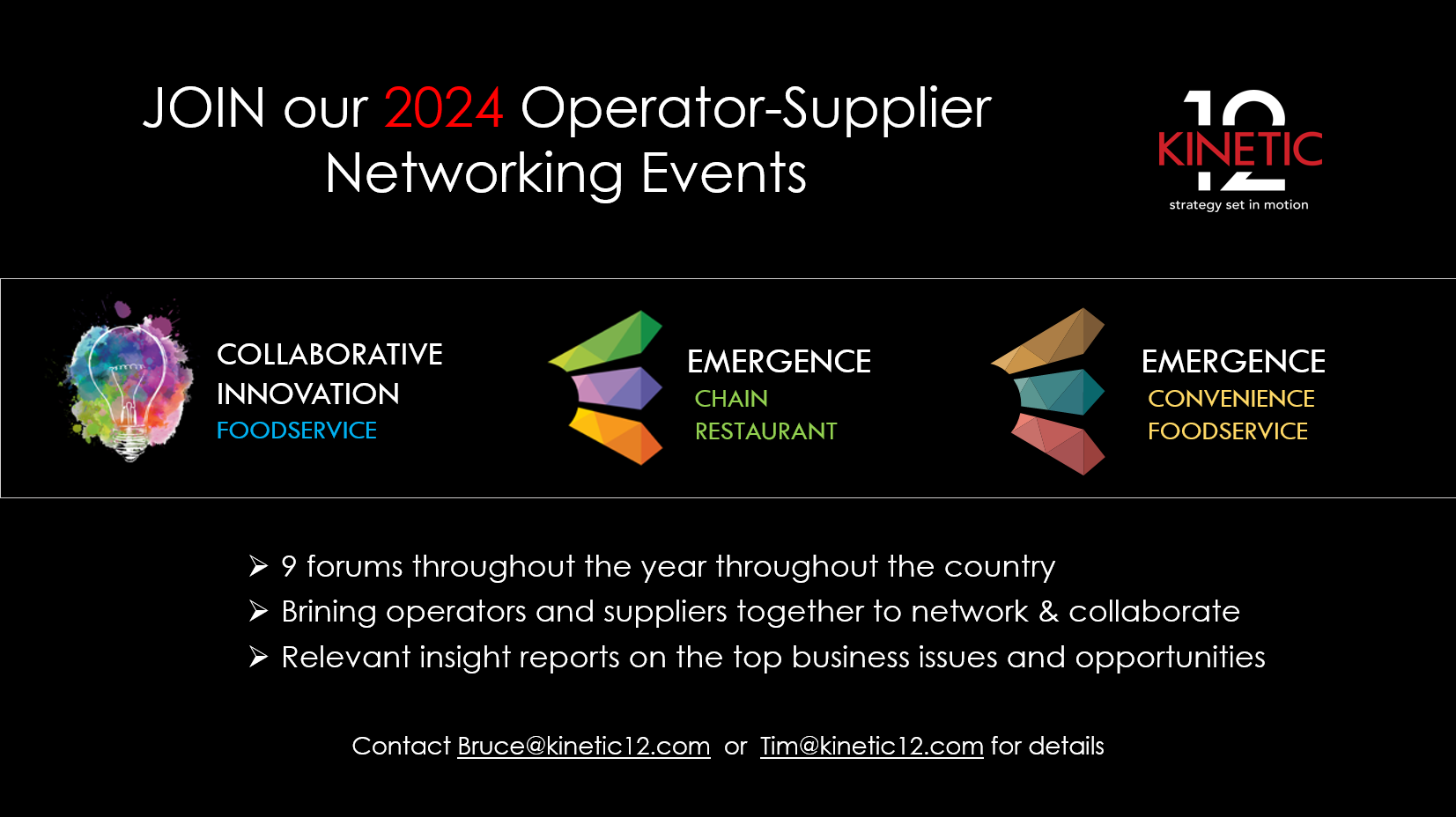
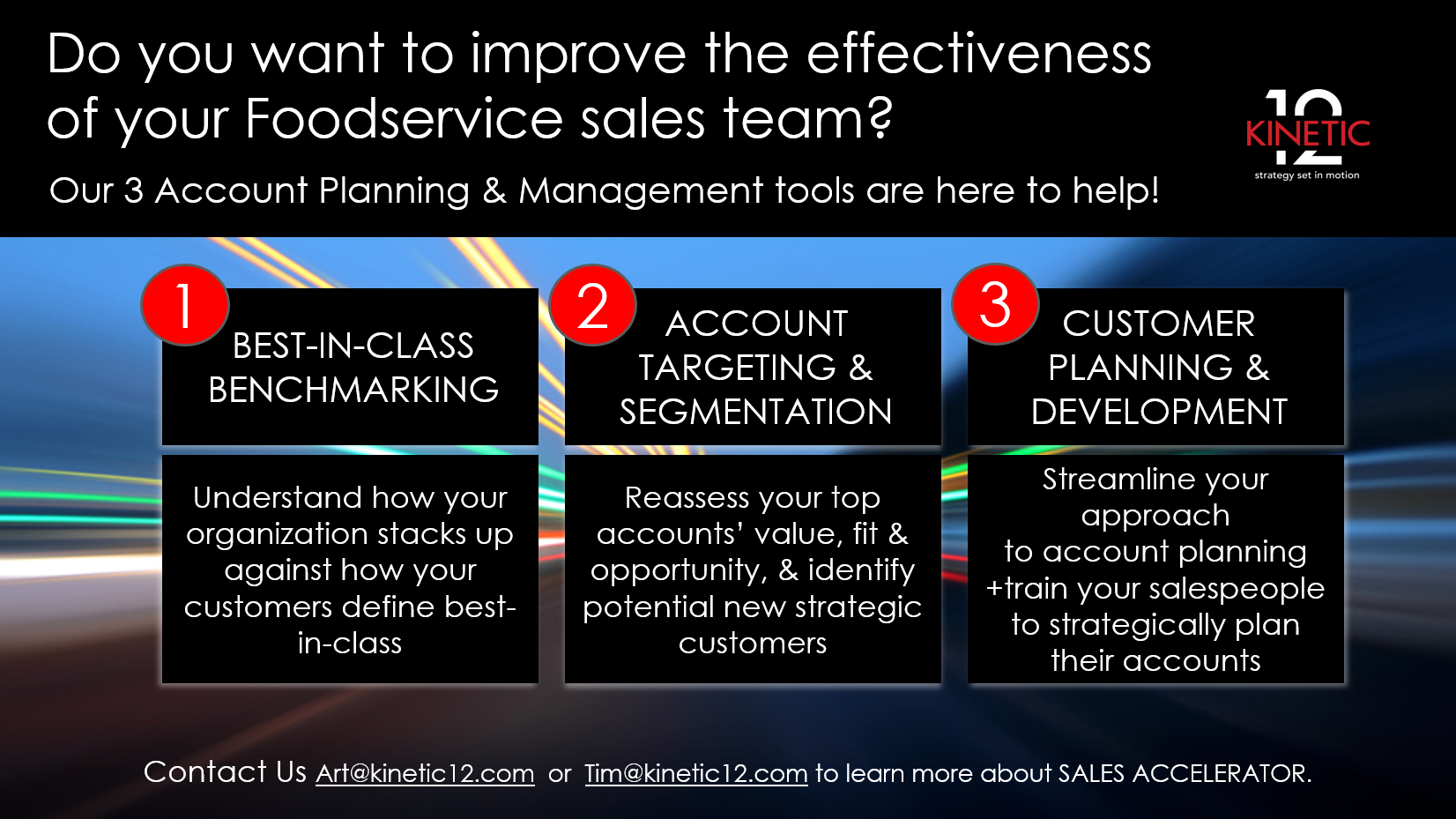
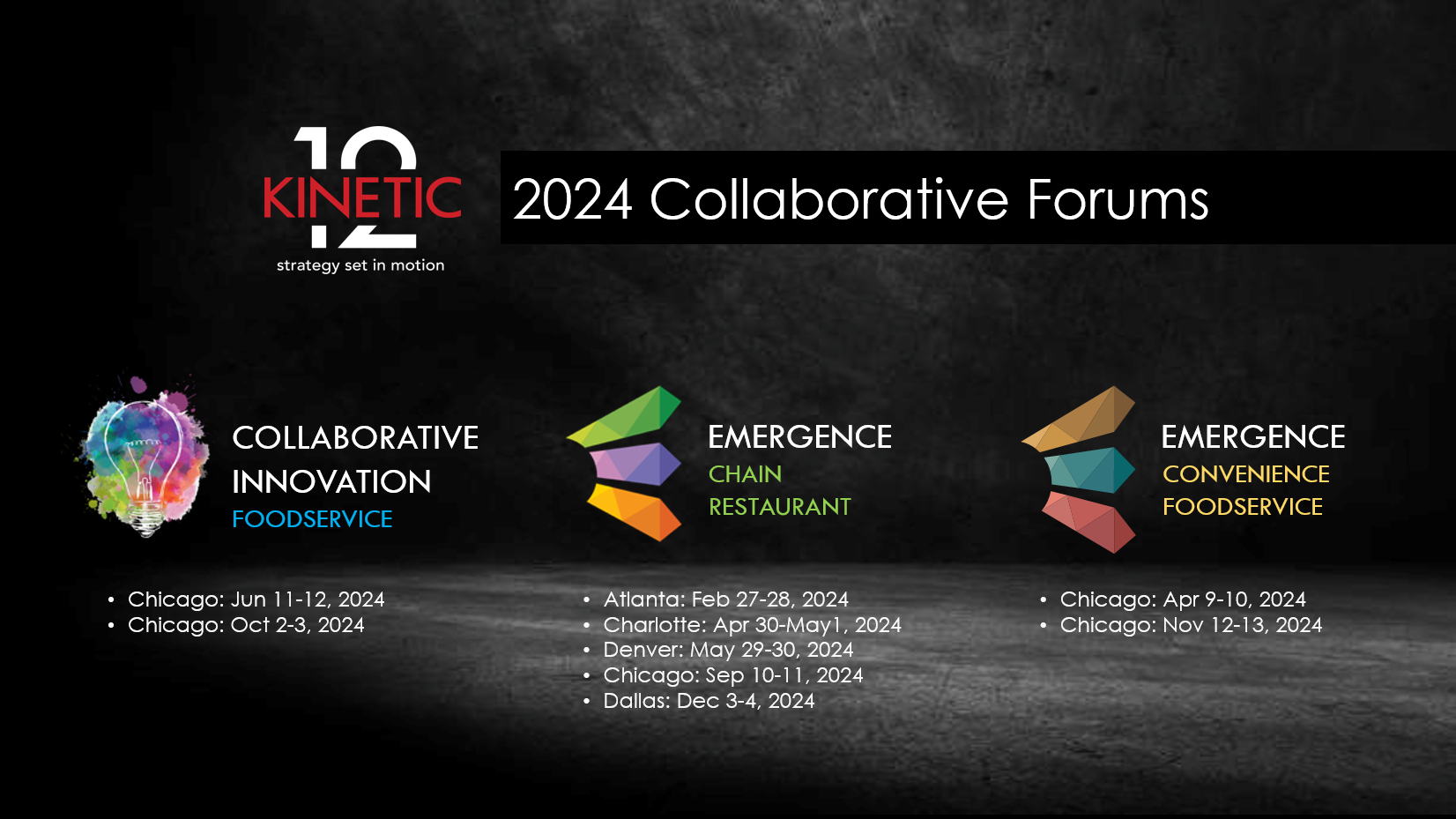
In conclusion, an effective strategic plan should be straightforward enough that anyone on your team can quickly understand it. A logical, compelling, easy-to-understand strategy, backed up by accurate data, is vital to keeping everyone on your team focused on reaching the company's targets.
By steering clear of these 7 pitfalls, you'll be on your way to building a solid strategic plan that everyone can get behind.
About Kinetic12: Tim Hand, Jennifer Brizzolara, and Kim Letizia are with Kinetic12 Consulting, a Chicago-based foodservice and general management consulting firm. The firm works with leading foodservice suppliers, operators, and organizations on customized strategic initiatives, as well as guiding multiple collaborative forums and best practice projects. They also engage as keynote speakers at operator franchise conferences and supplier sales meetings. Their previous leadership roles in restaurant chain operations and at foodservice manufacturers provide a holistic and well-rounded industry perspective.
Contact us to discuss or learn more about how we can help your organization understand the Restaurant of the Future and how Emerging & Growth Chains will define the future of foodservice.


